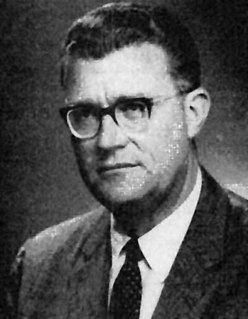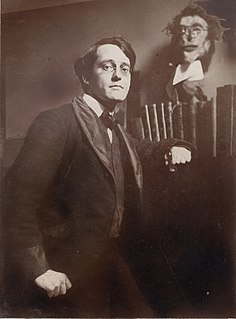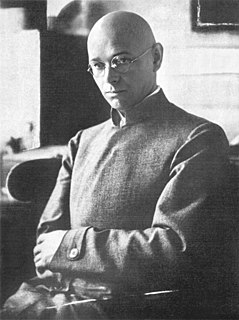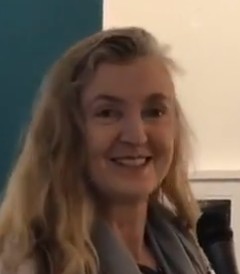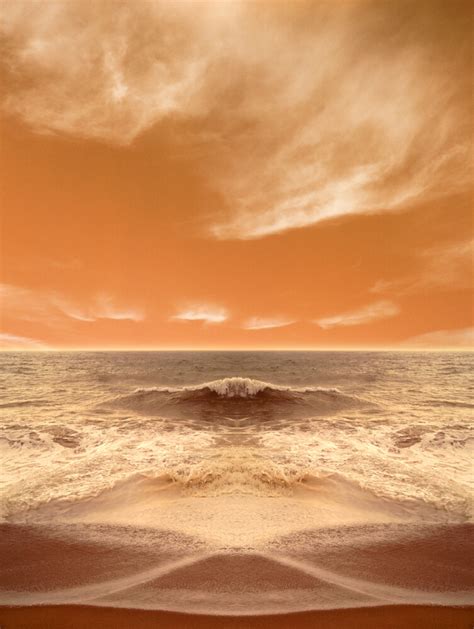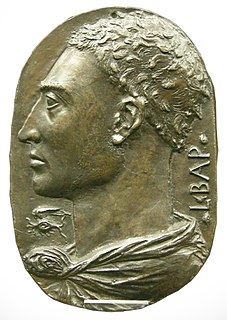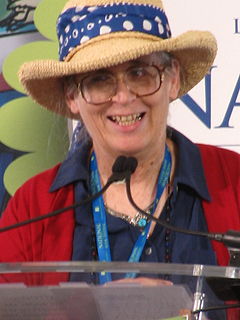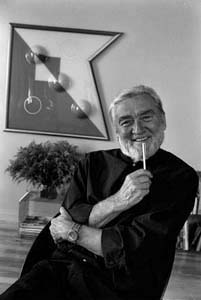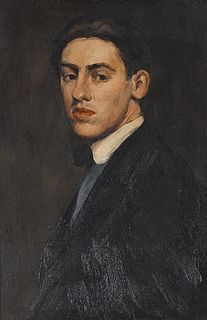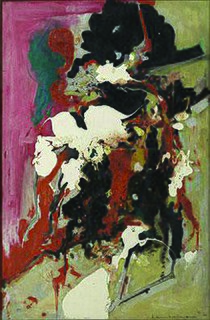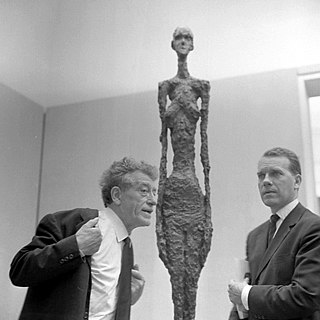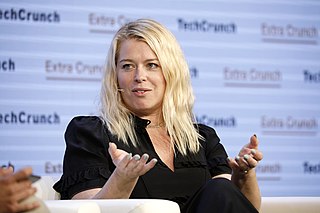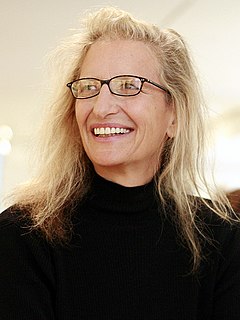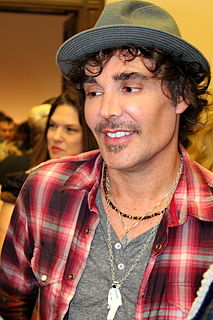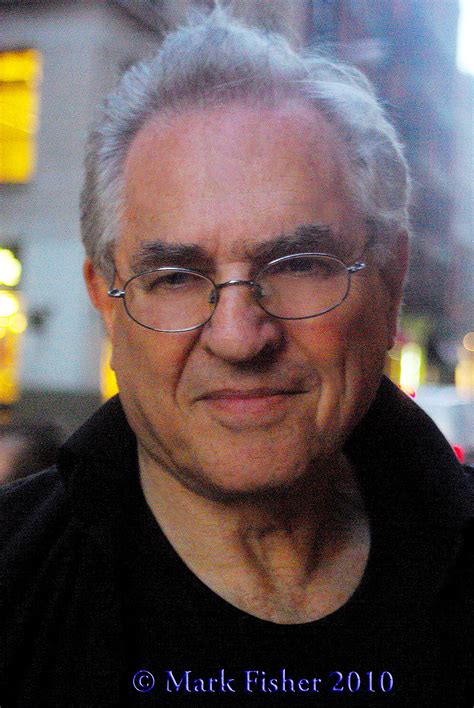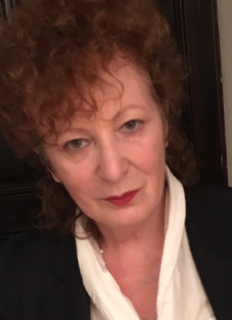A Quote by Alex Webb
Three years after my first trip to Haiti, I realized there was another emotional note that had to be reckoned with: the intense, vibrant color of these worlds. Searing light and intense color seemed somehow embedded in the cultures that I had begun working in, so utterly different from the gray-brown reticence of my New England background. Since then, I have worked predominantly in color.
Related Quotes
For many years, I have been moved by the blue at the far edge of what can be seen, that color of horizons, of remote mountain ranges, of anything far away. The color of that distance is the color of an emotion, the color of solitude and of desire, the color of there seen from here, the color of where you are not. And the color of where you can never go.
Everybody's going to do the 3D slightly differently the same way that people are going to deal with color differently. Some movies downplay the color, some color is very vibrant. Color design is very different. We've got to think of 3D like color or like sound, as just part of the creative palette that we paint with and not some whole new thing that completely redefines the medium.
Most eyes have more than one color, but usually they're related. Blue eyes may have two shades of blue, or blue and gray, or blue and green, or even a fleck or two of brown. Most people don't notice that. When I first went to get my state ID card, the form asked for eye color. I tried to write in all the colors in my own eyes, but the space wasnt big enough. They told me to put 'brown'. I put 'brown', but that is not the only color in my eyes. It is just the color that people see because they do not really look atr other people's eyes.
Light and color are closely linked. The colors can make a crucial change in nature, if you switch from daylight to artificial light or just from strong to weak illumination. In addition, color perception is affected by the material structure. Even if a piece of textile can have the same color as a shiny enamel plate, then they will act completely different.
Race is a lie built on a lie. The first lie is that people are different, somehow skin color or hair texture is more significant than eye color, or the shape of one's feet. The second lie built on top of that is that there's a hierarchy that more significant difference, the color showing up as brown on your skin rather than brown in your hair, or whatever, is somehow more significant and there's some sort of hierarchy. That the lighter you are, the straighter your hair, the better you are.
The impressionistic method leads into a complete splitting and dissolution of all areas involved in the composition, and color is used to create an overall effect of light. The color is, through such a shading down from the highest light in the deepest shadows, sacrified an degraded to a (black-and-white) function. This leads to the destructions of the color as color.

